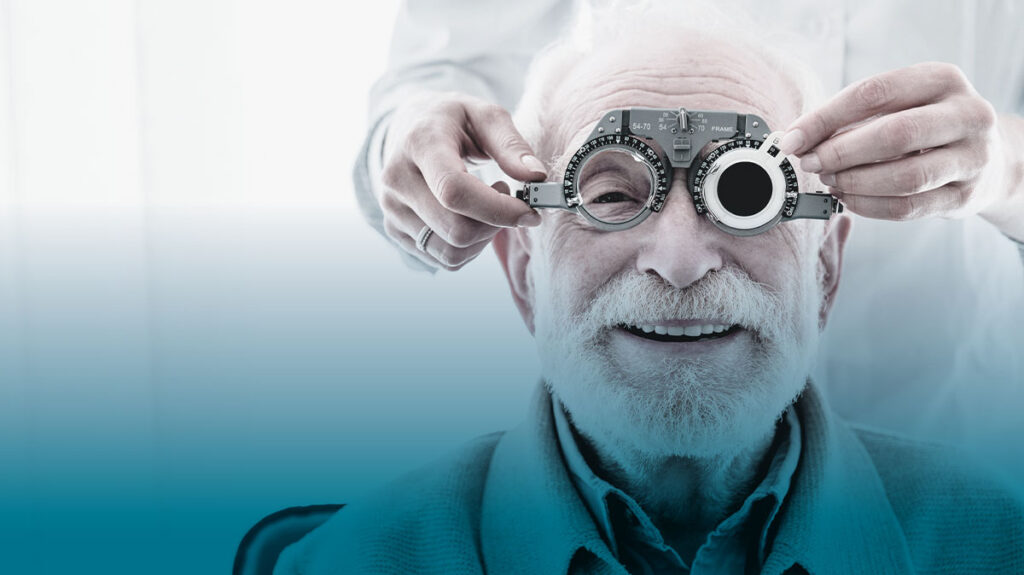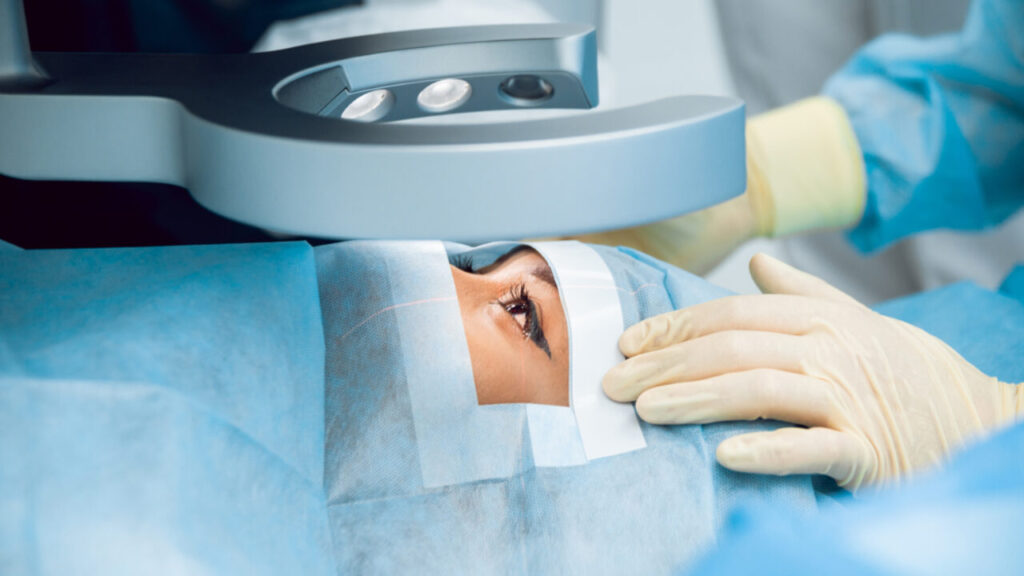Introduction: A New Chapter Begins
There’s a sense of relief that often washes over patients the moment cataract surgery is done. “I made it through,” many say. And that’s true—you’ve taken a big step toward clearer vision and a brighter life. But the journey isn’t quite over yet.
Over the next few weeks, your eyes will continue to heal and adjust. One of the most meaningful decisions in this time is choosing the right replacement lens, called an intraocular lens (IOL). It’s not just about restoring sight—it’s about shaping how you’ll see the world moving forward.
Let’s walk through what recovery looks like week by week, and then explore the lens options available, so you or your loved one can make a confident choice.
Week 1: The First Few Days
After surgery, it’s completely normal to feel some mild discomfort. You might experience:
- Itching or a gritty feeling
- Sensitivity to light
- Blurry vision at first
This stage is delicate. Your doctor will prescribe eye drops to help prevent infection and reduce swelling. It’s very important to use them exactly as instructed.
Most patients feel tired after surgery—and that’s okay. Rest is part of healing. Avoid bending, lifting heavy items, or rubbing your eyes. And don’t miss your follow-up visit, even if things seem fine. That checkup ensures everything is on track.
See more: Bulk-Bill Sleep Study Hobart: Accessing Affordable Care
Week 2: Adjusting to Clearer Vision
By now, the itchiness should be easing up. Many patients begin noticing the world looking a bit clearer. You may catch yourself pausing to look at a flower or the blue sky—details you hadn’t seen so vividly in a long time.
At this point, it’s usually safe to resume light activities like:
- Reading a book
- Watching your favorite TV show
- Taking a gentle walk
Emotions can be strong during this stage. Some feel joy. Others feel a bit overwhelmed. That’s natural—it’s a big change.
This is also when you’ll start to truly appreciate the lens your surgeon placed in your eye. And if surgery was only done on one eye, you might notice a big difference between the two. Don’t worry; your brain is smart—it will adjust.
Week 3: Gaining Confidence
Week three often brings sharper vision and more confidence. Driving may be back on the table—if your doctor gives you the green light. Most patients feel ready to return to routines like visiting with friends, shopping, or going for a morning walk.
You may still notice:
- Some glare around lights, especially at night
- Slight dry eyes
- Differences between your eyes, if one hasn’t had surgery yet
These are common and usually improve with time.
Week 4: Seeing the World Differently
Your eye is likely close to being fully healed now. It’s the perfect time to talk with your eye care provider about whether you’ll need glasses moving forward—or not.
It’s also when many patients express something surprising: not only is their vision clearer, but life itself feels brighter. They notice the green of the trees, the texture of their grandchild’s hair, the rich color of their favorite sweater. This is what cataract removal can give back.
Understanding Your Lens Options After Cataract Removal
Choosing a lens is a personal decision that depends on your lifestyle, budget, and vision goals. Here are the most common options your eye doctor may discuss with you:
1. Monofocal Lenses
These are the most common and time-tested lenses. They’re set to focus at one distance—usually far. You’ll likely need reading glasses for close-up tasks, like reading or sewing.

Best for:
- People who don’t mind using glasses for reading
- Those looking for a reliable, affordable solution
2. Multifocal Lenses
Multifocal lenses provide vision at more than one distance—both near and far. They can reduce the need for glasses altogether, though they may cause some glare or halos at night.
Best for:
- People who want more freedom from glasses
- Those who are okay with a short adjustment period
3. Toric Lenses
If you have astigmatism, toric lenses can correct it. This option helps improve overall sharpness and may reduce your reliance on glasses.
Best for:
- People with significant astigmatism
- Those who want crisp, clear distance vision
4. Monovision Setup
This option uses two different monofocal lenses—one eye for distance, the other for close-up. It sounds strange, but many patients adjust well and love the result.
Best for:
- People comfortable with the idea of each eye focusing differently
- Those who’ve successfully used monovision with contact lenses before
FAQs
“Can I rub my eyes?”
No. It’s important not to rub your eyes during the healing period—even if they itch. Use your prescribed drops and talk to your doctor if discomfort continues.
“Will my vision keep improving?”
Yes. While many patients notice improvement within days, your vision can continue to refine over several weeks. Healing is gradual.
“What if one eye feels different than the other?”
That’s very normal—especially if only one eye has been treated. Your brain adapts over time, and the difference usually fades after both eyes are done.
Conclusion: Your Vision, Your Choice
Cataract surgery is more than a medical procedure—it’s a doorway to a more vivid, independent life. Choosing the right lens plays a big role in that journey.
Talk openly with your doctor about your needs. Whether you want to read the newspaper without glasses, see the road clearly while driving, or enjoy colors in a whole new way, there’s likely a lens that fits your lifestyle.
Be patient with your healing. Follow your care plan. And most importantly—take time to appreciate how far you’ve come. Because for many, cataract removal doesn’t just restore vision… it restores joy.

